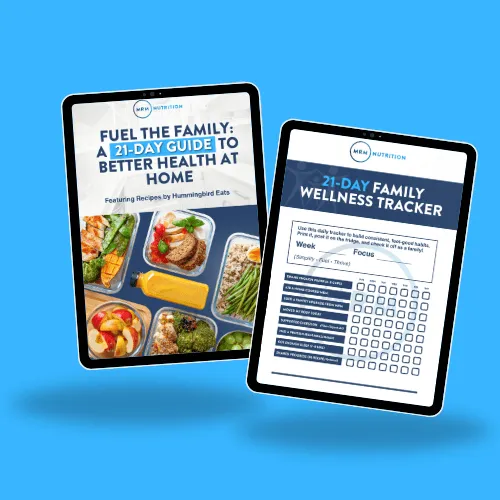Hydrogen peroxide (H2O2) is a versatile means found in most households and used for various applications: from hair bleaching to wound detoxification.
On the other hand, food-grade hydrogen peroxide has recently sparked interest in its internal use. H2O2 is found in everyday products and can serve a variety of purposes you may not have considered!
In this article, we'll explore everything you want to know about food-grade hydrogen peroxide:
- What are food-grade hydrogen peroxide uses?
- What are the differences between food-grade hydrogen peroxide and its regular counterpart?
- How to dilute 35% of H2O2? And more
Food-grade hydrogen peroxide vs. regular hydrogen
The key difference between food-grade H2O2 and its regular counterpart lies in their purity levels.
-
Food-grade hydrogen peroxide — manufactured with stern regulations to ensure that it doesn’t contain certain stabilizers (such as phenol, sodium stannate, acetanilide, and tetrasodium pyrophosphate). It’s often available in concentrations of 12% and 35%.
- Standard hydrogen peroxide — may include stabilizers and other chemicals that make it unsuitable for internal use. It is commonly found in 3%, 6%, 10%, and 90% solutions.
Regardless of concentration or dilution, hydrogen peroxide should never be consumed.
The uses of food-grade hydrogen peroxide
Food-grade hydrogen peroxide with a 35% concentration is the best to be used internally. It is frequently a part of dental products, is used for food preparation and processing, and is applied as a disinfectant for kitchenware.
Another very popular use of this chemical compound is the preparation of budget-friendly home remedies.
It’s believed that food-grade hydrogen peroxide kills viruses, infections, and mold, and in its diluted form, might help you handle the following discomforts:
- Wound cleaning
- Oral care (teeth bleaching, mouth disinfection, sore throat cushioning)
- Earwax removal
- Sinus infection remedy
- Skincare (acne treatment) and nail whitening
- Foot fungus treatment
- Water purification
- Oxygen therapy
Remember, to always consult with your healthcare provider before using hydrogen peroxide for any medical condition.
How to dilute 35% food-grade hydrogen peroxide?
Diluting H2O2 is crucial before internal use to prevent adverse effects. How do you dilute food-grade hydrogen peroxide for internal use?
To dilute 35% H2O2 for wound cleaning and skincare, it is typically recommended to mix three drops in 180 ml of water (1 drop per 60 ml).
Precautions
Food-grade H2O2 should not come into contact with your eyes, or mucous membranes, be inhaled or ingested. Seek professional help if you have noticed the following possible side effects:
- Nausea and vomiting
- Shortness of breath
- Throat dryness, cough
- Dizziness and headache
- Skin inflammation
Additional protection, such as wearing latex gloves and a protective mask, is highly advisable to prevent contact and inhalation.
To sum up
Food-grade hydrogen peroxide is a go-to means for various purposes. It is an effective virucidal solution that, when properly diluted, can be used for safe disinfection and self-care. Be sure to seek professional guidance if you are planning to use 35% H2O2 for medical conditions treatment.
At MRM Nutrition our team of seasoned professionals is driven by the idea of helping you to explore the possibilities of your health. Visit our shop for popular vitamins and organic superfoods, and read more of our guides in the blog!


